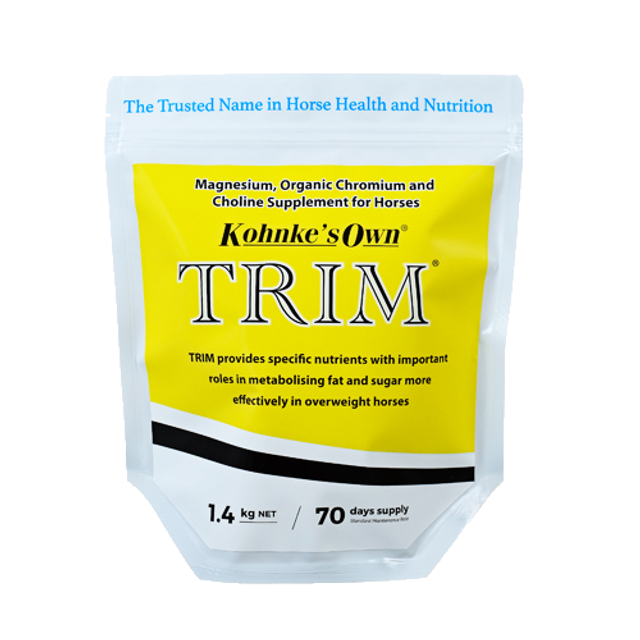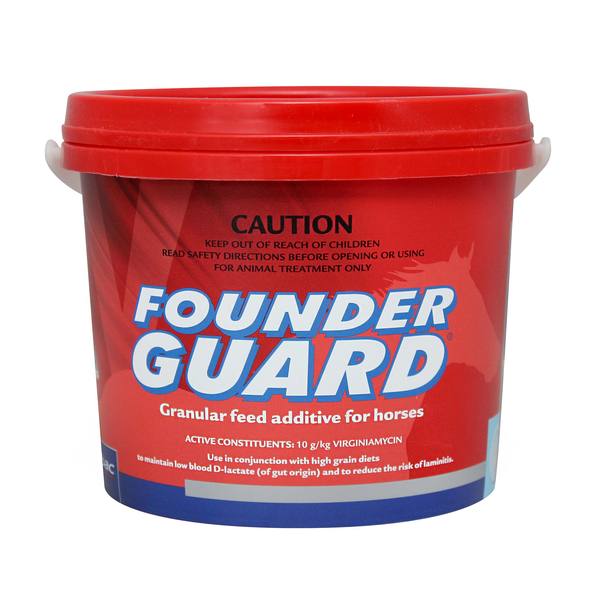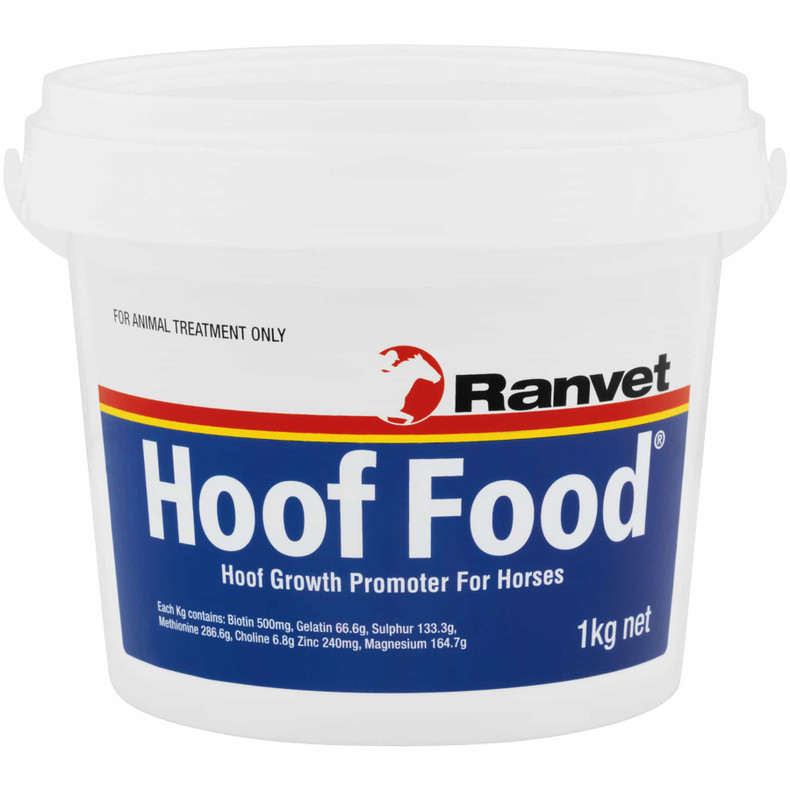


Laminitis
Laminitis is one of the most common causes of lameness in horses and ponies. Within the hoof are sensitive, thin plate like structures called laminae, which supply nutrition to hoof and act as primary support for the pedal bone within the hoof. The term laminitis refers to inflammation of these laminae, which is instigated via the reaction of the laminitic trigger factors and laminae. Consequently, the degradation and separation of the laminae leads to cascade of problems for horses’ health and quality of life.
Common causative agents for instigating an episode of laminitis include the following;
- Excessive intake of high starch-based feeds ie; grains
- Intake of lush pasture or pasture containing high levels of fructans/soluble sugars
- Obesity/over eating
- Toxaemia
- Concussive mechanical trauma
- Horses with Equine Metabolic Syndrome (EMS) or Equine Cushing’s Syndrome (ECS) can be predisposed to laminitis.
The laminitic process
The inflammation of laminae leads to the degradation of laminae and breakdown of the connection between the laminae and hoof wall, which in severe cases can lead to rotation of the pedal bone, commonly referred to as founder. Furthermore, the swelling within the fixed lamellar space contained within the hoof leads to blood and nerve supply is compromised, which can be detrimental to the structure and function of the laminae and consequently the health of the hoof and horse.
Feed-related laminitis
1.Grain/pasture related laminitis
- Starch based grains (oats, corn or barley) or short, lush pasture contain high levels of non-structural carbohydrates (NSC’s).
- Enzymatic breakdown of NSC’s within the small intestine is limited
- The consumption of excess NSC’s in the form of grain or lush pasture is unable to be completely digested in the small intestine, resulting in the overflow of starch into the hindgut.
- NSC’s are rapidly fermented by resident hind gut bacteria and protozoa, however, the proliferation of negative lactate-producing bacteria causes an unfavourable increase in the acidity of the hindgut (referred to as hindgut acidosis). The subsequent decrease in pH causes the beneficial fibre-fermenting bacteria to die, releasing harmful blood borne laminitic triggers into the gut and bloodstream.
2.Fructan related laminitis **Fructan is storage carbohydrate utilised by pasture during certain climatic conditions**
- Cool season pasture accumulates fructans under certain conditions i.e. drought stress and following a frost.
- Fructans provide the pasture with more energy reserves to sustain them during drought and attain an advantageous position once conditions are suitable for growth
** Horses do not have the required enzymes to digest extremely fermentable fructans**
- The hindgut fermentation of fructans leads to the proliferation of unfavourable bacteria and the release of blood borne laminitic triggers via a similar pathway to grain or pasture related laminitis as shown above.
Preventative management
- Maintain a healthy body condition score (BCS)
- Avoid sudden changes in feed components
- Prevent the consumption of excessive starch based grains
- Limit the consumption of lush pasture, particularly in the late afternoon when the production of stored non-structural carbohydrate (NSC) is high due to accumulated photosynthesis hours.
- Limit the consumption of cool season pasture which has been under drought stress or following a frost, in order to limit the intake of fructans.
- Provide regular hoof care and dietary supplementation of a hoof supplement such as Hoof Food containing essential hoof growth factors.
- Founderguard and Trim are other great prevention products and available in store.


